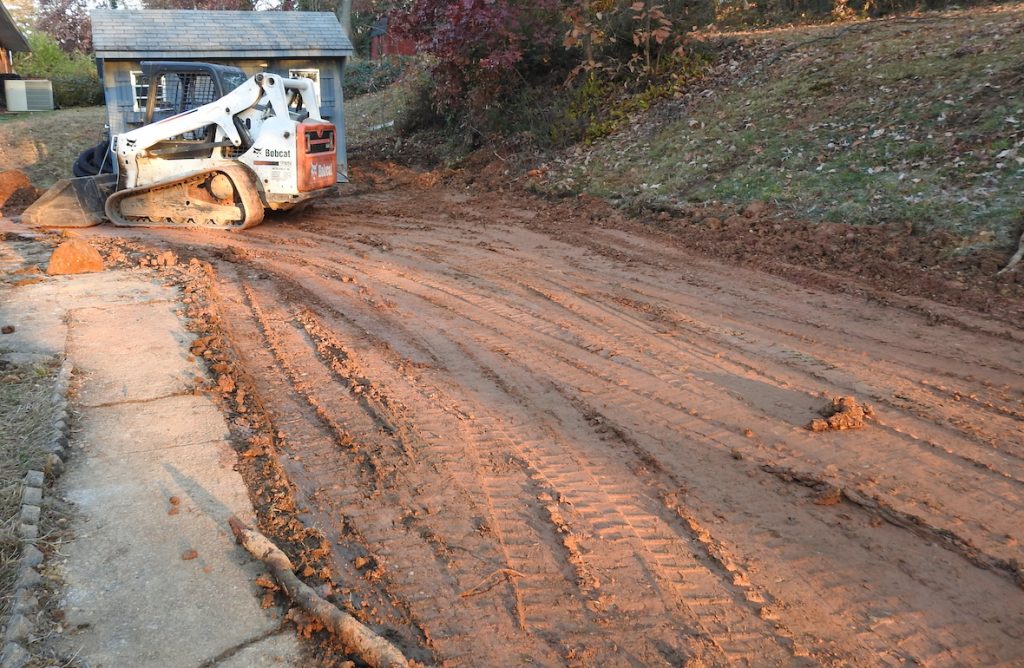This week, I’m attending and speaking at the ESO-sponsored Reproducibility and Open Science in Astronomy workshop. The first day was fabulous! The workshop runs through Thursday.
My talk is Opening the computational box: software sharing and the ASCL, and the abstract and links to resources mentioned in the talk are below.
Though computational methods are widely used in many disciplines, many researchers do not share the source code they develop, making their research difficult to verify and replicate. This presentation focuses on what software users and authors can do to share codes effectively, increase research reproducibility, and meet new requirements established by funders and journals. It will also cover how the Astrophysics Source Code Library (ASCL) improves the transparency of science by registering research code, its efforts to increase software findability, and how astronomers can get credit for their codes and better support the research record.
Slides (PDF)
Journals
Journal of Open Source Software (JORS)
Astronomy and Computing (A&C)
Journal of Open Source Software (JOSS)
Computing and Software for Big Science
Change leaders, guidelines, and tools
SciCodes/Nine Best Practices for Software Registries and Repositories
FORCE11/FORCE11 Software Citation Principles
Research Data Alliance/FAIR for Research Software (FAIR4RS) WG
CITATION file format (CFF)/CFF INIT
Social coding sites and archival services
Other resources and fun links
Generating software metadata files from an ASCL entry:
codemeta.json example
CITATION.cff example
How many GitHub repos have CITATON.cff files/codemeta.json files?
